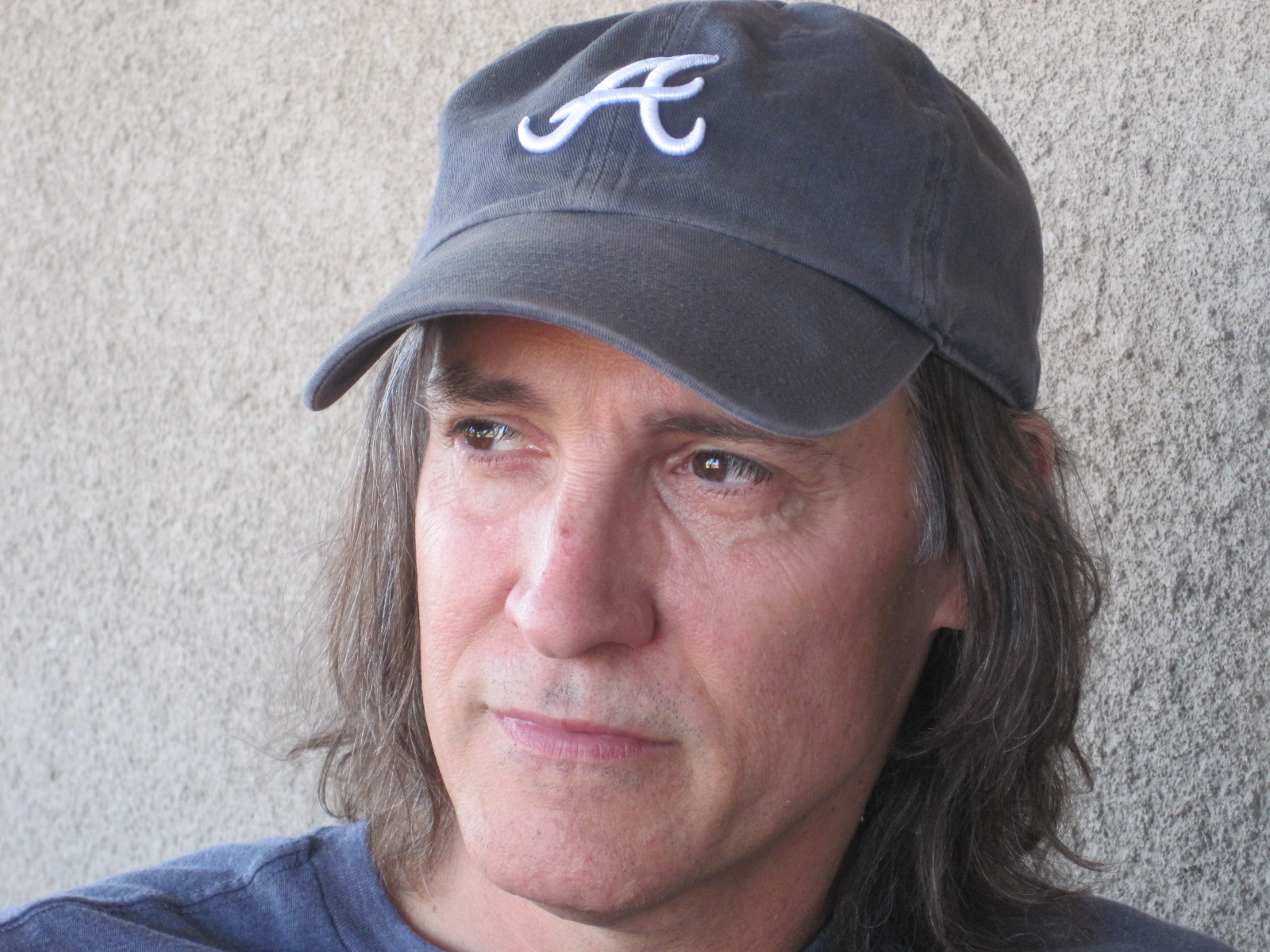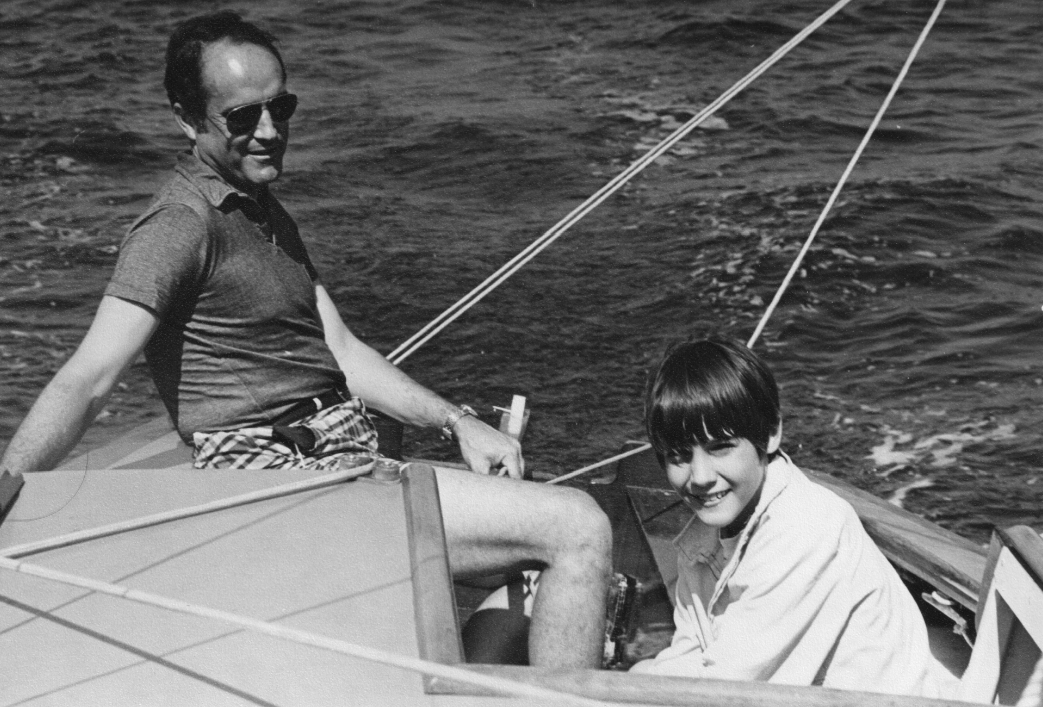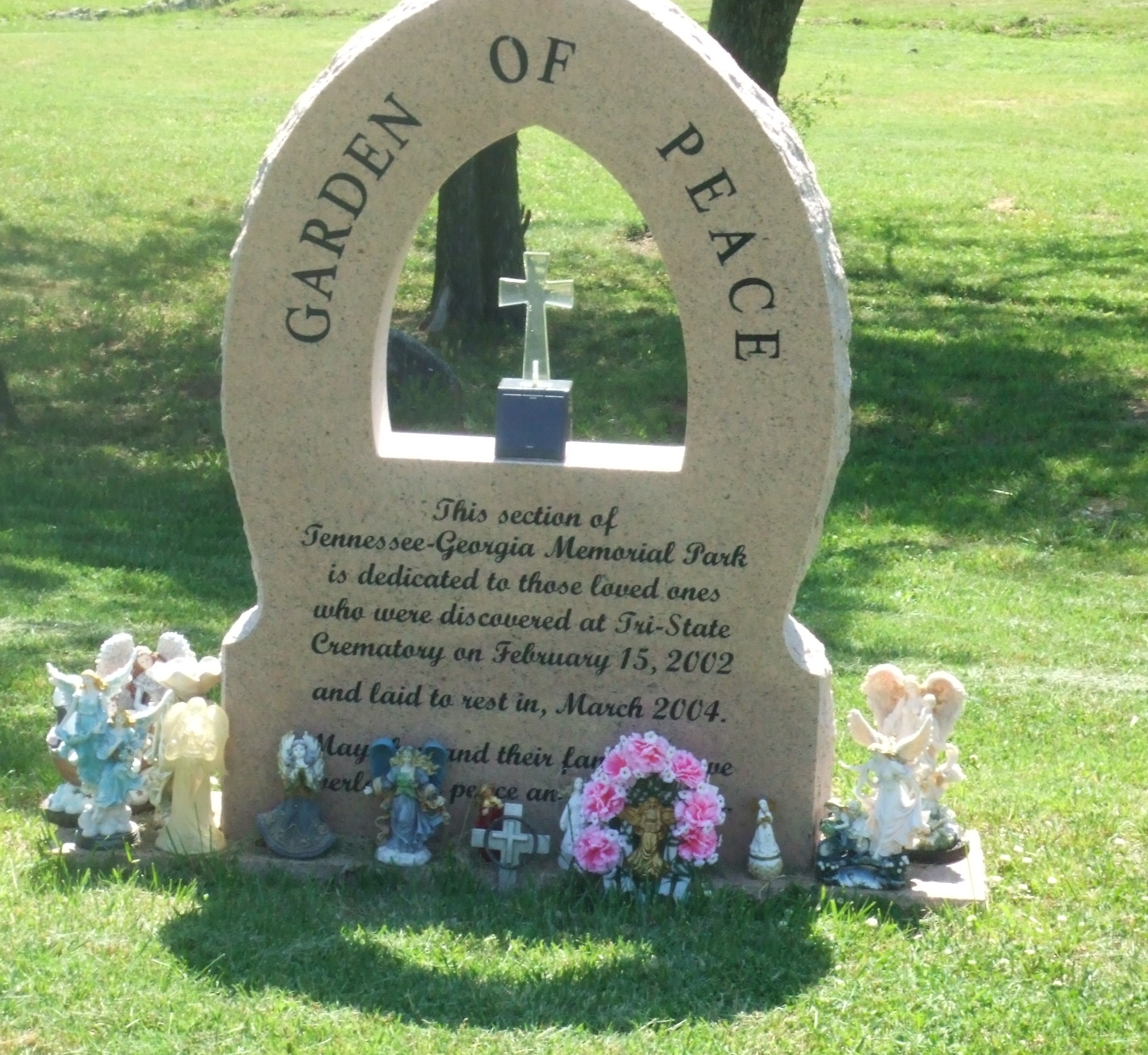
In modern American death, cremation has become a solution. It’s cheaper than burial and provides a palatable way around the inevitable fate of all organic matter: decomposition. By quickly reducing ourselves into a granulated pile that sits still or scatters at our own choosing we easily forgo having to consider the unpleasantness of a rotting corpse underground. For a majority of people, this is a preferable.
Yet decay refuses to be easily ignored. Suddenly it reveals itself in nightmare situations like that of Tri-State Crematory in Noble, Georgia where in 2002, 339 bodies were discovered to have not gotten the quick and tidy disposition they were sent there to have. Instead, they were found lying atop one another in broken refrigerators or congregating out back in the woods and small pond behind the facility, slowly revealing their bones.
This extreme example of funeral malpractice left a dark stain on the funeral industry, and became a case study in negligent laws and broken trust. It also demanded that hundreds of families encounter death for a second time, a sort of resurrection experience that Brent Hendricks eloquently captures in his memoir “A Long Day at the End of the World”. Through prose, poetry and macabre police reports, Brent details how it came to be that his father Ron would be one of the first bodies to be improperly disposed of Tri-State. It’s an incredible read we cannot recommend highly enough.

Brent was kind enough to answer a few questions about what it’s like to make peace with death, decay and devastation for this installment of Real American Death Heroes.
The Order: This event forced such an unusual relationship between the living and the dead. What was your relationship with the dead like before this happened?
Brent Hendricks: For a long time, my relationship to the dead was pretty abstract. I hadn’t really thought about death intensely in terms of bodily decay, except as an occasional flashing image of horror. Certainly, I was obsessed with death as an inevitable event—like a lot of other people who are writers or artists—but I hadn’t focused on the changes to the body.
The first change came when I viewed my wasted-away father on his hospital deathbed. Until that point, I’d say the site of the body in death remained unconsidered territory for me.
After he died, my father’s body was embalmed and buried, and then seven years later my mother had his body exhumed. And that sort of freaked me out, too, and brought me closer to the visceral reality of death. Following his exhumation, I started to imagine him lying underground, waiting for the backhoe:
“. . . I’d catch myself imagining what it was like to be buried: days rocked by the slow shifting of continents, crust over hard mantle, deep shale sliding into an old rift valley. And breaking the peace of that state, the rumble of the backhoe coming. The clawing and the tearing away from the earth. The changing into something else.”
So even before the Tri-State Crematory Incident, my relationship to the dead had an evolving quality.
TO: Your family’s story, or more specifically your mother’s story, begins with a ‘burial phobia’, the concern that your father would be eaten by worms when buried, his initial form of disposition. His exhumation leads to something ultimately more terrifying- his time as an abandoned case at Tri-State. Now that you have had to confront that kind of decay, where does that leave the phobia?
BH: Well, as the gruesome details of the Incident unfolded, I became more obsessed with the idea of my father’s abandoned body at the crematory grounds. As I’ve said, the body had been embalmed and buried, and then exhumed seven years later in order to be cremated. But instead of being cremated, as one of the first corpses abandoned at the site, his body was left out in the woods in his dirty casket for five more years. That event conjured an experience of dread in me that I couldn’t shake. And, rather than simply imagining his buried body underground, I came to identify with his outcast bones:
“And so it was, face-to-face with my father’s dead self, with dread, I wondered what it was like—I wondered what it was like being dead. I thought of him and I thought of me. I thought of snakes crawling over and mice skittering through, coyotes gliding by and bees buzzing around. Stirring of body bags and murmur of lake, especially at night, with a little wind. And finally our eyes gazed together into a black casket sky that reflected the colors of a shifting world—red moving to yellow and back again to green.”
That last shift was a big one. The dread forced me to better engage the fact of my own mortality, as well as the general predicament of an end-point.
TO: Perhaps writing the book helped?
BH: Writing the book required me to re-live that identification with his dead body — with the experience of him as “an expired thing who showed me what it was like being dead.” That’s the weird thing about words—the requirement of telling created a strange new repetition, a new existential Vorlaufen, as Heidegger calls it, a “running forwards” or “anticipation” of that end-point called death.
 TO: From a funeral profession standpoint, there is a deeply felt sense of forgiveness woven through the book. It’s quite powerful and beautiful, especially given that we get so little of an apology-or explanation-from Brent Marsh, the crematory operator. Tell me a little about how you finally came to what feels like forgiveness of the situation.
TO: From a funeral profession standpoint, there is a deeply felt sense of forgiveness woven through the book. It’s quite powerful and beautiful, especially given that we get so little of an apology-or explanation-from Brent Marsh, the crematory operator. Tell me a little about how you finally came to what feels like forgiveness of the situation.
BH: I think Brent Marsh still doesn’t know why he did it, and without a mean-spirited motive on his part, I personally don’t need to vilify him. He fucked up, and he’s spent a bunch of years in jail for it. Obviously, his actions were callous and criminal, but ultimately I think his mind became disordered and then detached from the significance of his job. He lost control of something that he couldn’t get back.
And more philosophically, I guess the question goes back to the body: what is a body? In order to determine his degree of guilt, we have to answer that question — or at least to try to answer that question. And the answer will be different for different people.
I don’t ascribe to the idea that we have on-going souls or spirits, and therefore I don’t think the body is sacred for the reason that it once functioned as that kind of vessel. Culturally speaking, I think the body is sacred because it can reveal itself as a site to engage mortality. In fact, it’s the most apparent site for that engagement that I’ve come across. As I’ve said, Brent Marsh didn’t take that occasion away from me, and so on a personal level maybe that’s why I’ve found it easier to forgive him. And, in gauging the question of forgiveness, I can’t help but think of all the horrible events that occur each day—all the violence by humans against each other and against other living things—-that seems to dim the extravagance of a confused crime against the dead.
This is not to say that everyone should share in that forgiveness. For some, Brent Marsh’s actions may have interfered with — or completely stolen — their experience of the sacred. For these people, I understand that their forgiveness may never be forthcoming.
TO: Do you think that apologizing is a tough proposition for funeral directors? Because it’s so final and the reaction could be so upsetting, does that factor into this?
BH: That makes sense to me as a general proposition, but not in this case, as Brent Marsh  still doesn’t seem to know why he failed to cremate 339 bodies. As part of his plea bargain, he had to write a letter to each victim family, and the letter to my mother contains the following statement:
still doesn’t seem to know why he failed to cremate 339 bodies. As part of his plea bargain, he had to write a letter to each victim family, and the letter to my mother contains the following statement:
“As I have stated in court, I have not the answers that you so greatly desire. I wish I had the answers to give you ease, but I do not. Therefore, I can only offer you my deepest apology.”
So his apology could never have a rational underpinning, as his actions seem to have sprung from a sadly broken part of his mind.
———————————————–
Brent Hendricks is the author of the nonfiction book, A Long Day at the End of the World (Farrar, Straus and Giroux , 2013), which Joy Williams has called: “Astonishing and unclassifiable, personal and apocalyptical, mystical and mythical . . . beautifully written and explosively patterned.” A poet as well, he is the author of Thaumatrope (Action Books 2007), and has published in such places as Poetry, Ploughshares, Conjunctions, The Southern Review, Bomb Magazine and The Volta. He teaches at The University of Arizona and lives in Tucson.
Listen to a song which Peter Buck of R.E.M. and Patterson Hood of Drive-By Truckers co-wrote that was inspired by the book.
